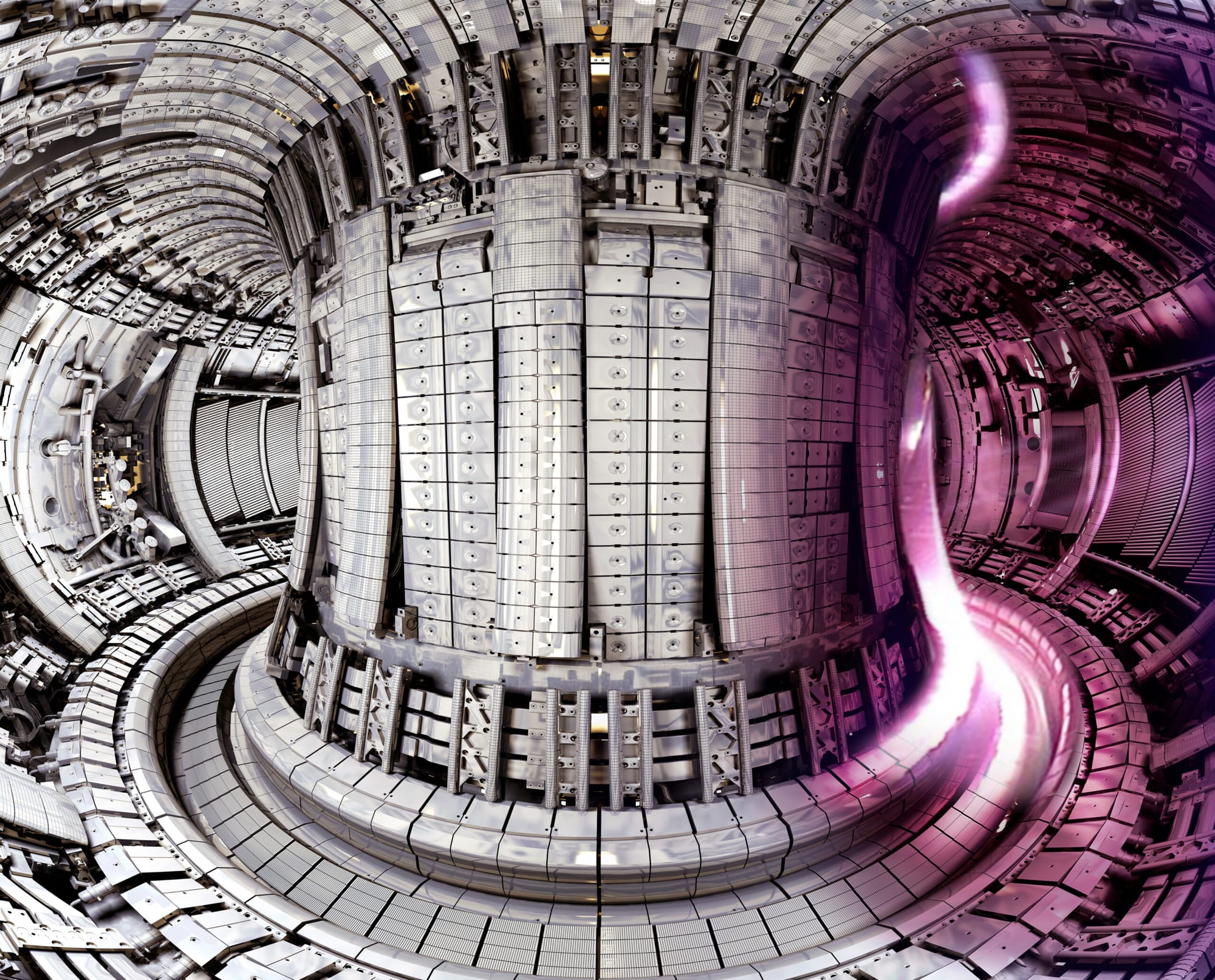Fusion and Fission

From stars to nuclear power plants, these two reactions fuel many important processes; let's talk about them.
Atoms are the basic particles that make up chemical elements, and generally consist of a nucleus with positively charged protons and uncharged neutrons, each with a mass of 1 AMU (1.67x10-24 grams), which are surrounded by negatively charged electrons that have relatively negligible mass. Elements are differentiated from one another based on the number of protons they have. For example, Carbon has six protons, while Oxygen has eight. Many atoms have different isotopes, which have the same number of protons as the original, but a different number of neutrons; for example, Carbon-12 has six protons and six neutrons, while Carbon-14 has six protons and eight neutrons.
Fusion
The variety of elements on Earth did not magically appear; instead, many of them were created by the fusion that occurs in stars. Once these stars exploded, their elements would be spread across the cosmos, being shared with planets such as Earth. So, what is fusion? Fusion is the process in which two elements smash together to form a heavier element, and in the process, release a neutron and some mass that converts into energy. In stars, they will continue to make bigger and bigger elements until eventually reaching Iron, which they cannot undergo nuclear fusion with. The reason that stars cannot fuse Iron is because it takes more energy to do so than the amount of energy it releases. This is contrary to other elements, in which fusion releases more energy than it consumes.

Scientists are currently trying to find ways to use fusion to generate energy due to this fact about it. The two atoms that are mainly used for fusion are deuterium and tritium, isotopes of Hydrogen. In February, scientists at Oxford were able to generate enough energy for around 12,000 households in only five seconds, marking a huge breakthrough in the journey. Furthermore, since fusion emits no carbon, it is a clean energy source, which adds to its usefulness and appeal.

Fission
Contrary to fusion, fission describes the process in which heavier elements are broken down into smaller ones. This is achieved by smashing the nucleus with a neutron, and just like in fusion, releasing energy and a few neutrons in the process. This is the exact process used by nuclear power plants to create their energy! Fission is used instead of fusion because it is far easier to control, while requiring less specific circumstances and cheaper materials to work.

Due to the fact that the energy released by fission reactions comes in the form of heat and radiation, the power plants are risky and dangerous, if things were to ever go south. This is exactly what happened in the famous Chernobyl incident. There, a nuclear power plant exploded during a test at low power, releasing radioactive elements into the environment. Due to the unstable nature of these elements, they underwent nuclear decay, giving off radiation into the environment around them. The effects of this have been long-lasting, with entry to Chernobyl being illegal for years, and still inaccessible and restrictive to this day.
Nuclear Weapons
Although these processes may seem small in size since they happen at the atomic level, their impacts have undeniable grandeur. One example of this is that the two processes show up in atomic bombs and hydrogen bombs. Atomic bombs solely utilize nuclear fission for their explosions, during which a fission reaction causes the split nuclei to smash into others, which smash into others, and so forth, thus creating a chain reaction. For those of you who may have seen the movie Oppenheimer, Einstein and Oppenheimer feared the possibility that this chain reaction would be never ending, thereby resulting in the destruction in the world. While many lives were lost to the bombs, this fear did not come to fruition. Different from atomic bombs, hydrogen bombs work by combining fission and fusion for their immense destruction, which is around 1,000 times more powerful than that of their predecessor. In these bombs, an initial compressed fission reaction would provide the massive energy necessary for a fusion reaction, which would occur within the bomb, creating a fireball that would equal the temperature of the center of the sun.





